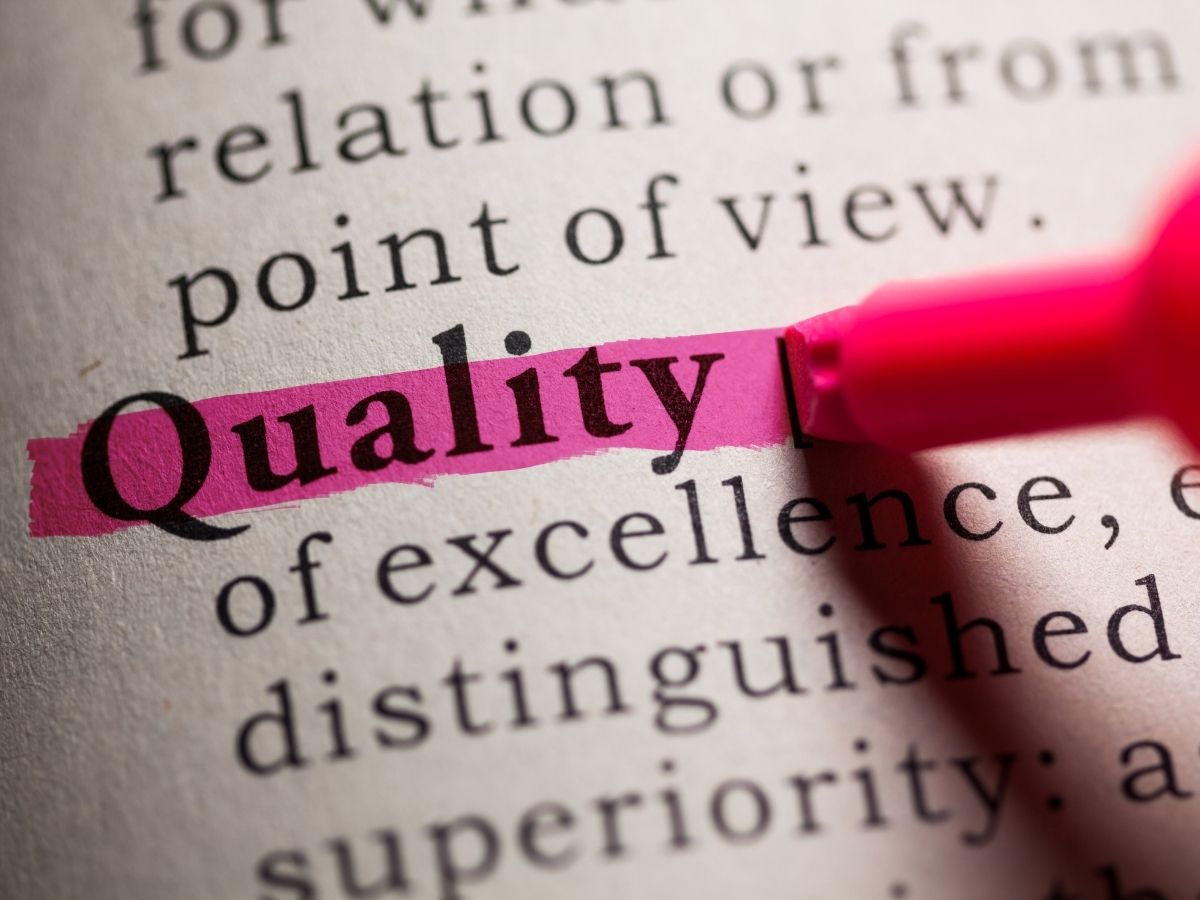Best Practices
-

If you plan to take photos or record videos of students for websites, marketing materials or outreach projects, please review the FERPA guidelines.
-

Watch OIT’s video instructions on using the Accessibility Checker in Foxit PDF Editor Pro.
-

This one-stop handbook provides CAES and UGA Extension website content managers with the resources they need to manage, edit, and publish official websites consistent with the CAES Web Publishing Policy.
-

Ensuring digital accessibility means making your content usable for everyone, regardless of ability. Our new handbook offers resources, training, and best practices to help CAES and UGA Extension personnel meet ADA and WCAG 2.1 Level AA standards.
-

A new federal rule requires state and local governments, including public universities, to ensure all digital content—websites, mobile apps, and social media—is accessible to people with disabilities. Issued by the U.S. Department of Justice, this update to Title II of the ADA was published on April 24, 2024, and took effect on June 24. As…
-

Writing for the web is not the same as writing for a print publication. When developing your web content it is important to appeal to both online visitors and search engines. Review our list of quick tips for writing quality web content.
-

Shareable web content is so good it moves readers to naturally want to share it with their friends on their social media channels like Facebook, Instagram, LinkedIn, etc. Creating content that resonates and encourages sharing is essential for expanding your reach and enhancing your online presence.
-

Headlines are the gateways to your content. In an age where information is abundant but attention is scarce, crafting a headline that stands out can make all the difference. You could have valuable content in every post you write, but it won’t matter much if no one ever reads it.
-

While PDFs offer a convenient way to share documents with consistent formatting, they can also frustrate users with slow load times and compatibility issues. And, PDFs should not be used for on-screen reading.
-

While PDFs have long been a staple for sharing documents online, there are compelling reasons why HTML web pages reign supreme, especially when it comes to accessibility and user experience.